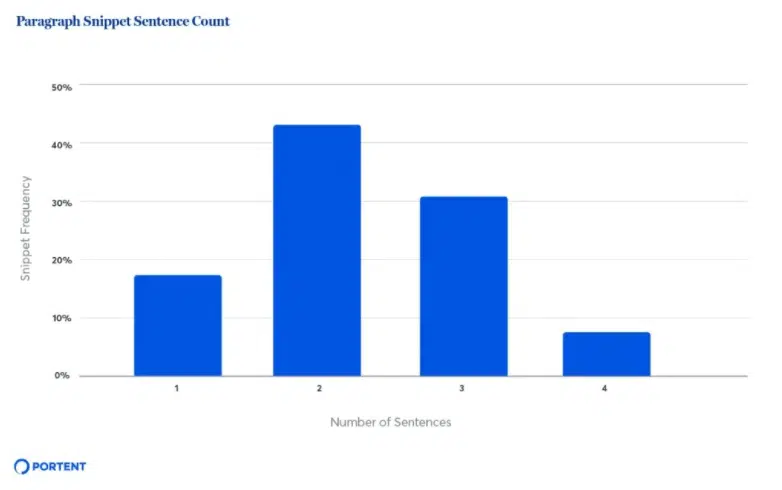Search Engine Land’s daily brief features daily insights, news, tips, and essential bits of wisdom for today’s search marketer. If you would like to read this before the rest of the internet does, sign up here to get it delivered to your inbox daily.
Good morning, Marketers. And are brands walking the walk?
There was a ton of conversation this last summer about diversity, equity, and inclusion in marketing, but we wonder how many brands have taken action on the commitments they made after the social justice movement that swept the nation.
Many brands have started reporting on how they’ve walked the walk, per se. CallRail, for example, reported back that they’ve taken the steps they said they would to encourage more inclusion, equity, and diversity.
For those that seem to have forgotten their promises to their audiences, it’s important to remember that “consumers have shown that they’re willing to flock to brands that have the same values as” they do, said Search Engine Land’s George Nguyen in an interview on Microsoft Advertising’s The Download.
Check out even more inclusive marketing advice from Nguyen based on what he’s seen in his reporting over the past year in the video below.
Carolyn Lyden,
Director of Search Content
Microsoft’s Inclusive Marketing Lab features Search Engine Land’s own George Nguyen
The latest episode of The Download featured Nora Xu, Group Marketing Manager at Microsoft Advertising, and George Nguyen had a conversation about inclusion for marketing with purpose.
Xu asked what recommendations Nguyen had for brands based on what he’s seen in his reporting in the past year. “Look at the words that you use within your copy,” recommended Nguyen. “This isn’t just for people writing ads, it’s for organic, if you are on social media, and you’re writing posts — are your words inclusive?”
Why should companies make inclusivity and inclusive language a priority? “I would contend that there is not a larger priority than being on the same page as your audience,” said Nguyen.
Check out the full interview here.
Google Ads updates contact info policies in Merchant Center
Beginning in August, merchants will be able to meet Merchant Center guidelines with more types of contact information. Previously, advertisers were required to have two of three types of contact info available to website visitors: phone number, physical address, and/or email.
Starting in August, merchants only need one contact method in order to be in compliance with the stated guidelines and the contact method types have expanded. “They can choose what type of information they include – it could be a “contact us” form or a link to their business profile on social media, for example,” according to the announcement. Previously, a contact us form did NOT suffice.
Why we care. While this makes it easier for merchants to comply with the Merchant Center guidelines, I can’t help but feel like this is a loss for consumers. A link to a business profile on social media is often not a reliable contact method (have you ever needed help from a company and had to reach out through Facebook Messenger?). While it may be easier to go with the Facebook link, it’ll be simpler for your customers to get what they need if they have a more direct contact method.
How to source content from UGC online
Creating an editorial calendar that’s new, interesting to write, AND good for SEO can sometimes feel like a hassle — especially if you’ve been doing it for a while (or if you’re in a creative slump). Abby Reimer, content expert and senior SEO analyst at Uproer, shared her top tips for using UGC across the web to source content ideas for your brand.
“Forums like Reddit and Quora are awesome places to find topics your audience is interested in. Threads give you insight into the top questions people are asking. Plus, the comments can be a gold mine to understand the language and sentiment around these topics,” said Reimer.
The last part is key, in my opinion. See how others who are passionate about a topic are talking about it and see how you can incorporate that verbiage into your posts. Oftentimes when we’re “into the thick of it” in a business, the jargon we use gets disconnected from the words our target audiences use to describe the same products and services.
One of my favorite tips that I’d not thought of before? “Pay special attention to the 1-star reviews. Learn what is not working for your audience so you can address those issues,” recommends Reimer.
SEO Periodic Table: Types of SEO factors


SEO success factors do not exist in a vacuum. Great content doesn’t matter if your site loads at a glacial pace. Site speed won’t matter if UX is atrocious. Having several positive factors can increase your odds of success, but negative factors can worsen those odds. It’s a mathematical balance in ensuring you’re emphasizing the right elements for your site and brand.
There are four major groups of success factors covered by Search Engine Land’s SEO Periodic Table:
- On-page SEO: On-page search ranking factors are almost entirely within the publisher’s control. This is also where it’s critical to balance serving the needs of your audience with making your pages search engine friendly. They include content, architecture, and HTML.
- Off-page SEO: Off-page ranking factors are typically out of the creator or publisher’s direct influence. Search engines evaluate reputation, the quality of a site’s backlinks, the user’s geographic location and many other factors to deliver the most relevant results. They include reputation, links, and user
- Toxins: Using shady SEO techniques that aim to manipulate ranking signals to gain an unfair advantage over the competition can backfire and will result in a ranking penalty (or getting banned entirely).
- NEW — Niche SEO: There are some niches where SEO includes different or added elements. In this new section, we go over how to improve your Local SEO, New/Publishing SEO, and Ecommerce SEO.
Want it all now? Download the full table ASAP.
Google only has so much room for featured snippet content


When it comes to optimizing for featured snippets, do you take length into account? Like, how many characters can Google fit in a paragraph snippet or how many bullets does it fit into a list, on average?
That’s the data that Portent was looking to figure out in their latest study: “Featured Snippet Length and Display Limits.” Check out the full study for all the details on specific featured snippet types, but one I thought was interesting is the average number of sentences in a paragraph featured snippet. The data shows it’s generally between 2-3 sentences, but I’d be interested to know if the sentences are most often consecutive in the text or if something like passage ranking is able to pull the most relevant 2-3 sentences for a query from within a larger chunk of a page’s content.
Why we care. The takeaway here is that the usefulness of your content is more important than getting a certain character length or number of bullets in a list when it comes to getting that coveted featured snippet. “I think the best way to understand these statistics is that Google only has so much space to display information in the featured snippet area, and these lengths are the most Google can show due to its circumstances… What’s optimal is showing users that our content is likely to contain the answer to their query, and they should click through,’” said Evan Hall, SEO architect at Portent.
Contributing authors are invited to create content for Search Engine Land and are chosen for their expertise and contribution to the search community. Our contributors work under the oversight of the editorial staff and contributions are checked for quality and relevance to our readers. The opinions they express are their own.



